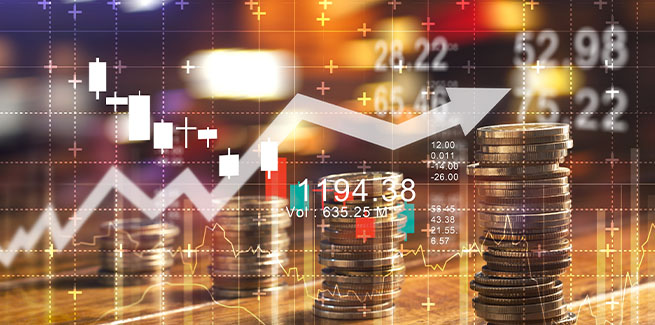A research note from Westpac chief economist Bill Evans on Thursday (20 January) has set out changes to the bank’s economic outlook amid the omicron outbreak, pivoting from its previous forecast of a cash rate rise in February 2023.
The group’s economists now expect the Reserve Bank of Australia (RBA) to raise the cash rate by 15 basis points in August, before a further increase of 25 basis points in October.
With omicron causing consumers to wind down their spending in January, Westpac has forecast a solid rebound in the months to follow and that inflation will move at a much more rapid pace than the RBA has predicted.
The hits to consumer spending and business sentiment from the current outbreak are only expected to be short-lived, as was the case with delta.
But, RBA governor Philip Lowe has insisted the central bank will be unlikely to raise the cash rate until its previously set forecast of 2024, despite widespread industry speculation that the move will take place earlier.
The Reserve Bank had set a prerequisite inflation range of 2 to 3 per cent that it needed to be sustainably achieved before it would raise rates – meaning inflation would need to be within the target band for, at least, a few quarters.
And for the RBA to be satisfied that inflation is sustainably within the target range, wages will need to be growing at around 3 per cent or over.
As modelled by the central bank, underlying inflation is expected to hit 2.25 per cent by the end of the year, before reaching 2.5 per cent by the end of 2023.
Wages growth has been projected to hit 2.5 per cent in 2022, before lifting to 3 per cent in 2023.
“If these forecasts prove to be accurate then the ‘late 2023/2024’ guidance will be appropriate,” the Westpac note stated.
“But we have quite different forecasts for: inflation; wages growth and the unemployment rate.”
Inflation moved at a faster pace than expected in the September quarter last year, and stepped inside the bank’s target range, with the trimmed mean (which excludes extreme price rises and falls) reaching 2.1 per cent.
Westpac has also modelled a faster trajectory, tipping that underlying inflation will have reached 2.4 per cent in 2021, before lifting to 2.6 per cent in March and 2.9 per cent in June.
This would mean that by the time the August board meeting rolls around, the RBA will have observed three consecutive quarters in which its target has been achieved and inflation will have reached the mid-point.
The Westpac team has also anticipated that wage growth won’t align with the RBA’s forecasts, stating “we expect the picture to change quickly by the middle of 2022”.
The note referred to a 9 per cent lift in the total wage bill over the year to 19 December, as shown in weekly payrolls data.
The bank has also forecast quarterly growth in the Wage Price Index, to increase from 0.6 per cent in the September quarter, 0.7 per cent in the December quarter, followed by 0.8 per cent in the three months to March. This would follow growth of 0.4 per cent in the June 2021 quarter.
If wages growth followed that path, the Wage Price Index will still show 2.75 per cent for the year to March by the time the RBA has its August meeting – in which case it could opt to delay the rate hike until September, if the board sees 3 per cent wages growth as a hard target.
Further, Westpac’s economists are more optimistic on unemployment than the RBA, with the central bank expecting the unemployment rate to reach 4.5 per cent by the end of June and 4.25 per cent by the end of 2022. Westpac’s forecasts are 4.1 per cent and 3.8 per cent for the same periods, respectively.
[Related: Westpac NZ chief economist moves to government]

